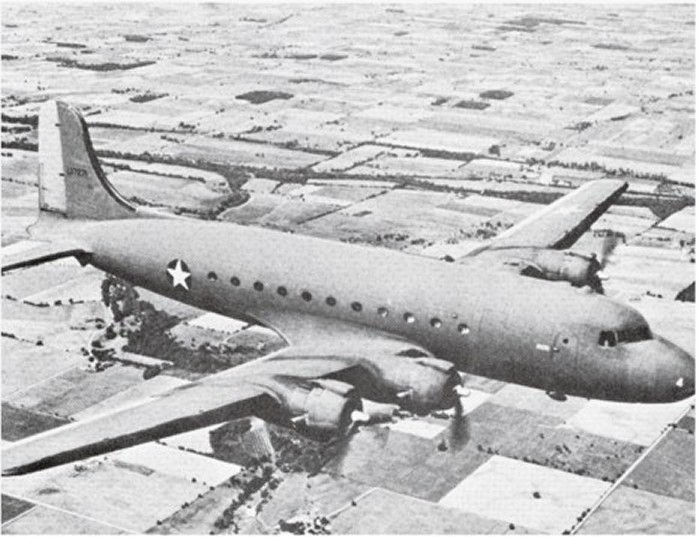Frank Kaufmann stated that the most trusted pilot at RAAF was W.O. "Pappy" Henderson and it was he that transported the materials from RAAF to Wright Field. Henderson was never interviewed because had had died before the author’s could find out about him. However, they all interviewed his wife Sappho who stated her husband never told her anything until he saw the story being published in the tabloids. According to her, he flew the wreckage in a C-54 to Wright Field in Ohio. This is in disagreement with several stories told about Henderson. Kaufmann stated he flew a B-25 and not a C-54! Randle and Schmitt state that in a letter from a "Vere McCarty", Henderson had told McCarty about flying bodies to Wright Field at a 1982 reunion of WWII flight crewman. Randle and Schmitt do not elaborate on who Vere McCarty is so we are again left with another unverifiable claim.
In Crash at Corona, we get another version of events from a friend, John Kromschroeder, who states Henderson talked about transporting the wreckage and bodies. Kromschroeder reports seeing Pappy displaying parts of the saucer. John describes it as, "Gray, lustrous metal resembling aluminum, lighter in weight and much stiffer. [We couldn't] bend it ...edges sharp and jagged" (Friedman and Berlinner 126). We are told by Friedman and Berlinner that the piece could easily be in the files Pappy had left behind but there appeared to be no strong desire to locate it. When looking at the description it does not even sound like the mystery metal so prominent in the Roswell folklore. Henderson’s wife and daughter recalled most of the C-54 story and mentioned bodies that were, "...small with large heads for their size" and "...small and pale, with slanted eyes and large heads" (Friedman and Berlinner 127).
We are given the picture that everyone knew that Henderson was the most trusted pilot on base and that he was an adept pilot, who could fly any aircraft. However, all the pilots on base were probably very trustworthy. After all, it was a nuclear bomber base. Are the writers stating that only Henderson could be trusted to keep this secret or that he was so skilled as a pilot that he could be trusted not to crash the plane? We learn a little more about Henderson from the pilots of the 509th. According to Kent Jeffrey:
During my extensive conversations with pilots from the 509th, I spoke with several who knew Henderson and remembered his having discussed the incident. Apparently Henderson, a C-54 transport pilot at the time, did fly some of the debris out of Roswell, possibly to Wright Patterson. Jesse Mitchell, one of the 509th pilots at the time and a retired lieutenant colonel, told me that Henderson told him that he never saw the debris and he had no idea what it was. Mitchell was a good friend of Henderson's and almost decided to go into the roofing business with him in Roswell after Henderson left the service. Another former member of the 509th, Sam McIlhaney, also a retired lieutenant colonel who knew Henderson well, told me that they used to talk about the incident occasionally while sitting around in the hangar. According to McIlhaney, Henderson considered the whole matter a big joke and used to kid about it. (Jeffrey 15)
Kal Korff talked to a friend of Pappy’s, Johnathan Smith, who mentioned that Henderson often displayed a piece of V-2 fragment around and claimed it was from a "crashed UFO" (Korff 95). Randle and Schmitt casually mention that Henderson had this piece of debris in his collection. Again, if this piece were so special, the investigators would have paid good money to search the files. It seems that if the piece existed, it would turn out to be from a terrestrial source and weigh negatively into the Henderson myth.
Henderson’s mission from Roswell to Wright field must have been an incredible flight since there are no personnel, who claim to have been on this particular flight. However, there are those who claim to have been on other flights that Pappy supposedly flew.
